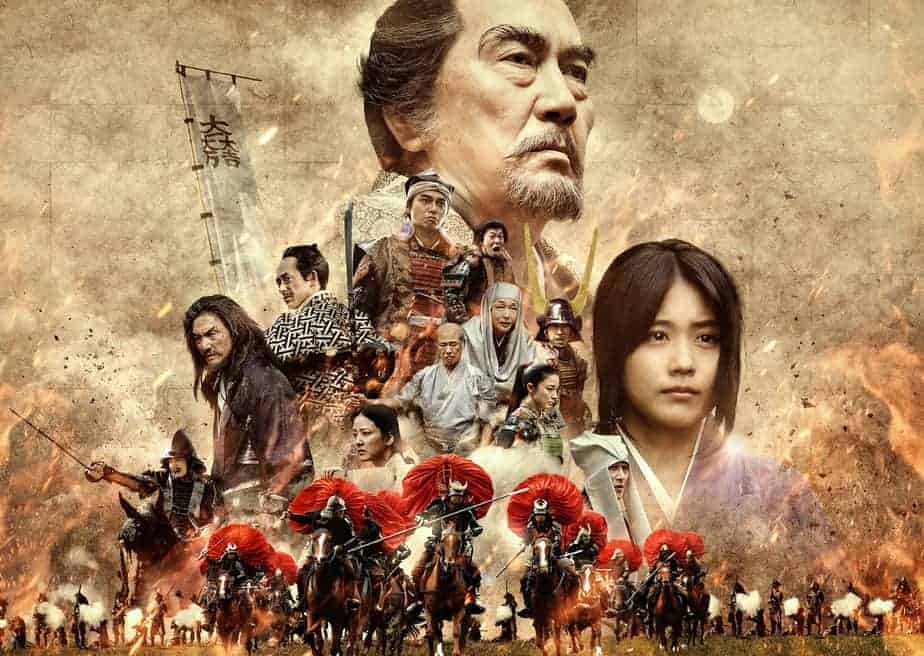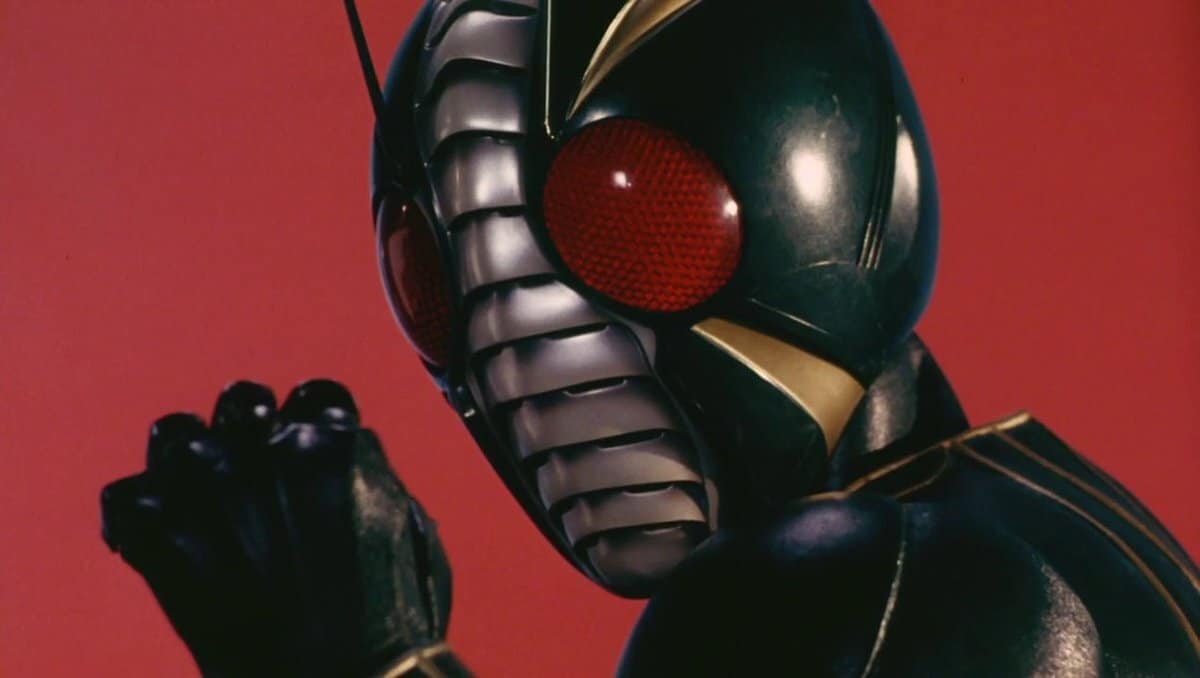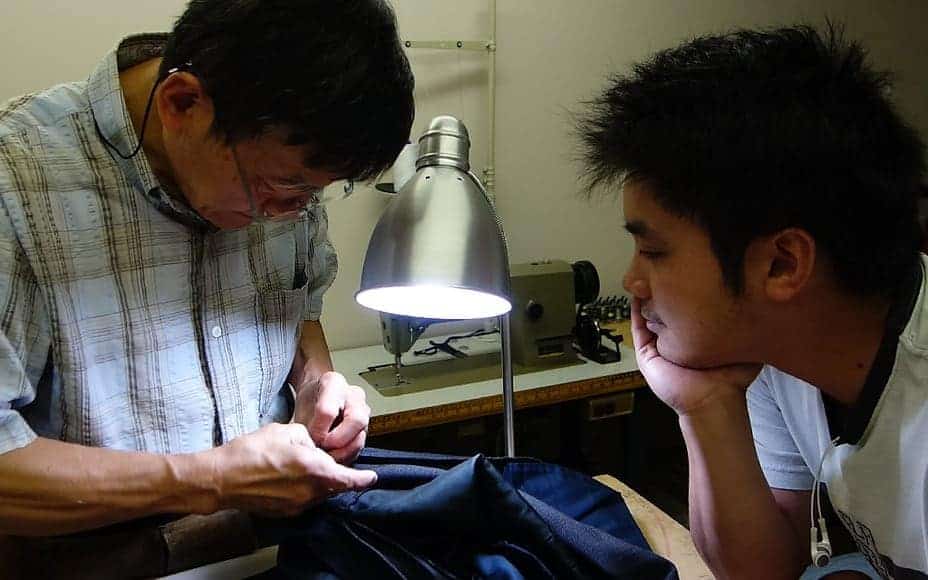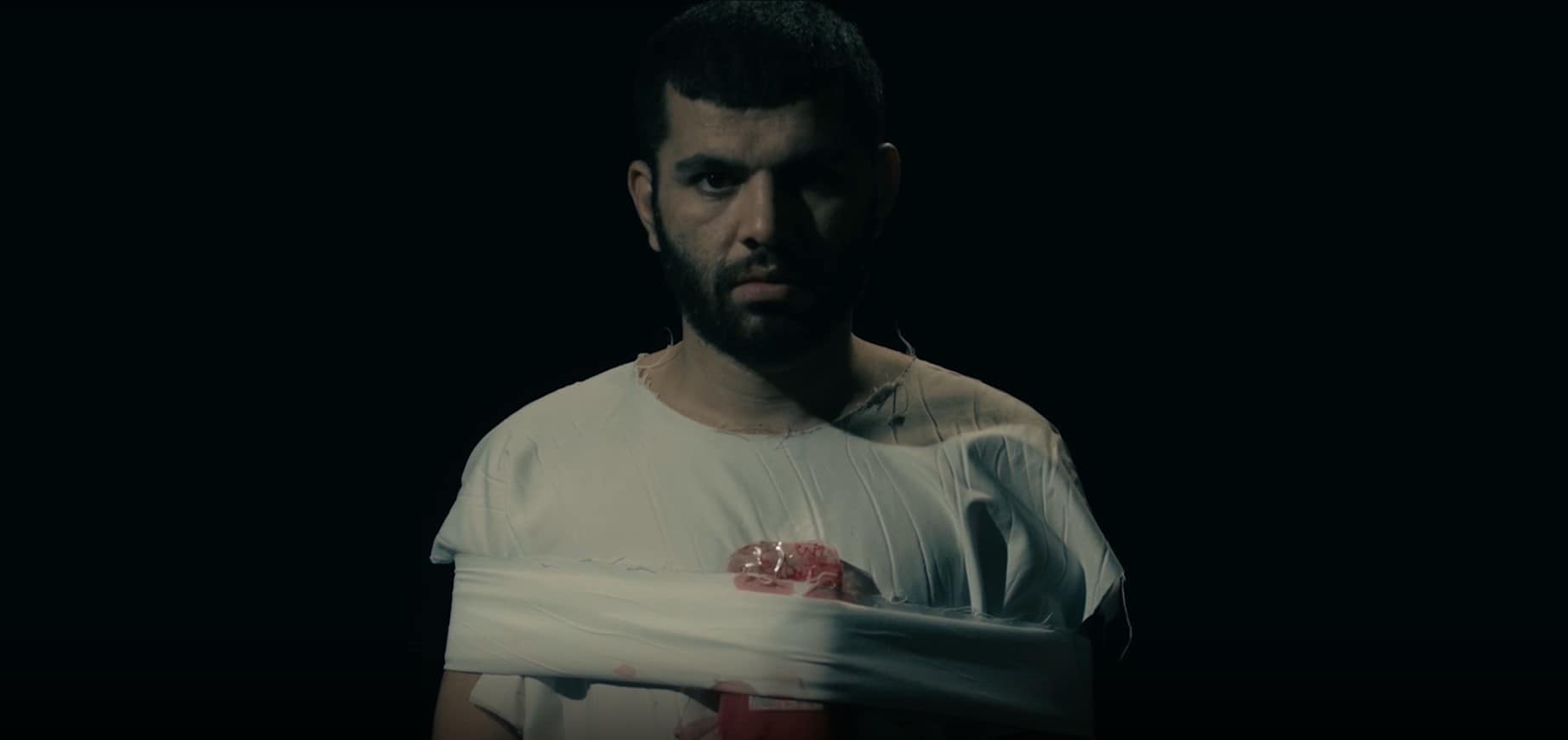Probably one of the most anticipated Japanese films of the year, “Sekigahara” deals with the homonymous battle that took place in 1600, and ended the Warring States era, establishing the Tokugawa shogunate.
Sekigahara is screening at the Toronto Japanese Film Festival

The movie is split in two parts. The first one narrates the events that brought the Western and the Eastern Army facing each other, and established the two main opponents on a personal level, Mitsunari Ishida, who defended the rights of Hideyori, son of Hideyoshi Toyotomi, and Tokugawa Ieyasu, who wanted the shogunate for himself. Through a number of political movements, treacheries and cunningness, we watch the desperate efforts of the two men to secure as many allies as possible, since the inevitable civil war was looming over the country.
The second part deals with the battle itself, examining the various stages that occurred and the constant change of allies for both sides that decided the war in the end.

The script stays quite close to the facts, but also includes some events of folklore, like the way Mitsunari and Toyotomi met, and the presence of ninjas, which has not been established properly in history (at least to my knowledge). Furthermore, some notions of romance are also instilled in the story, again including two female ninjas, Hatsumi and the White Snake.
Masato Harada directs a film that tries to utilize the newly established tactic we saw in films like “Godzilla Resurgence” with the fast cuts that change settings and characters almost constantly, in order to present as many characters and events as possible. However, this tactic does not have the success it had on the aforementioned film, since the abundance of characters makes the film somewhat confusing, at least to those who do not know the events by heart. This factor seems to extend to the whole of the movie, which demands much knowledge of the events for someone to truly appreciate it.

On the other hand, I found the use of humor in the film quite well-placed, as it provides a well-wished break from the torrent of events. The same does not apply to the romantic aspects, which I found somewhat misplaced, although I have to admit that it adds depth to the main character, Mitsunari.
If the narrative is somewhat faulty, the same cannot be said about the production values of the film. Takahide Shibanushi has done a great job in the cinematography, highlighting both the political and the battle scenes with realism and gusto, with the film being “embroidered” with a number of images of extreme beauty, particularly regarding the valley and the forests the battle takes place in. His framing is also exceptional and benefits the most by the lighting direction of Takaaki Miyanishi, which finds its highlight in the various indoors scenes, which have quite an ominous feel, particularly through the use of shadows. The same elaborateness applies to the costumes and the set design, all of which is exceptional and highlight the rather big budget the production had.

The acting is a bit difficult to comment upon, since the story features an abundance of characters, most of which do not get much time on screen to perform. Three however, are the ones that stand out. Junichi Okada as Mitsunari gives a very convincing performance as a man fighting against a force much bigger than him, while the scenes that he is in agony (either for the events of for love) are the highlights of his performance. Koji Yakusho as Ieyasu performs with much theatricality, occasionally as a caricature, and is quite good in this presentation, as much as the main source of comedy in the film. Takehiro Hira as Sakon Shima, Mitsunari's right hand is exceptional as the embodiment of the samurai spirit.
“Sekigahara” is an impressive film, that could have been a masterpiece if Harada had more time in his hands (I think the material could be easily adapted into a trilogy), in order to present the characters and events more thoroughly. Nevertheless, I do not think anyone would be disappointed by everything that goes on in the film.















